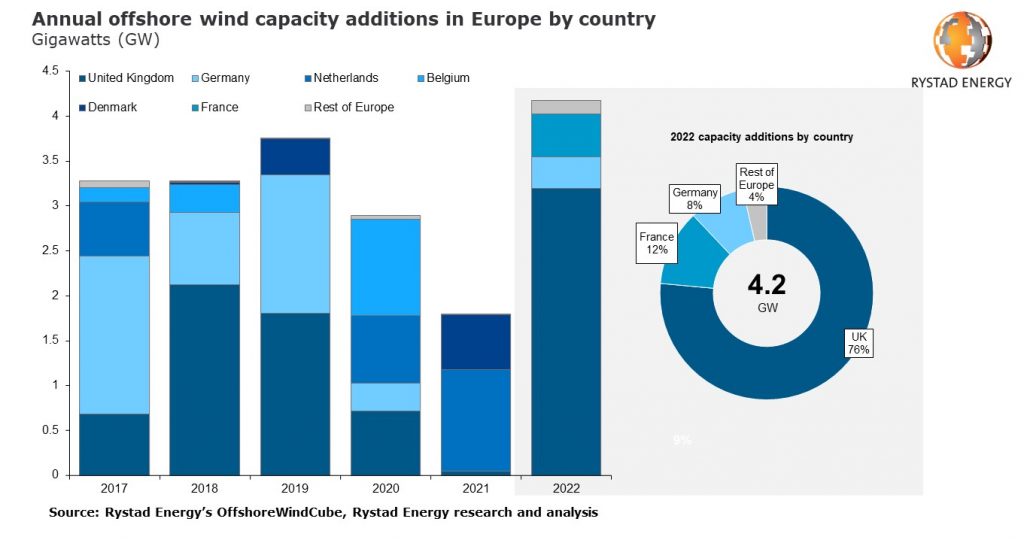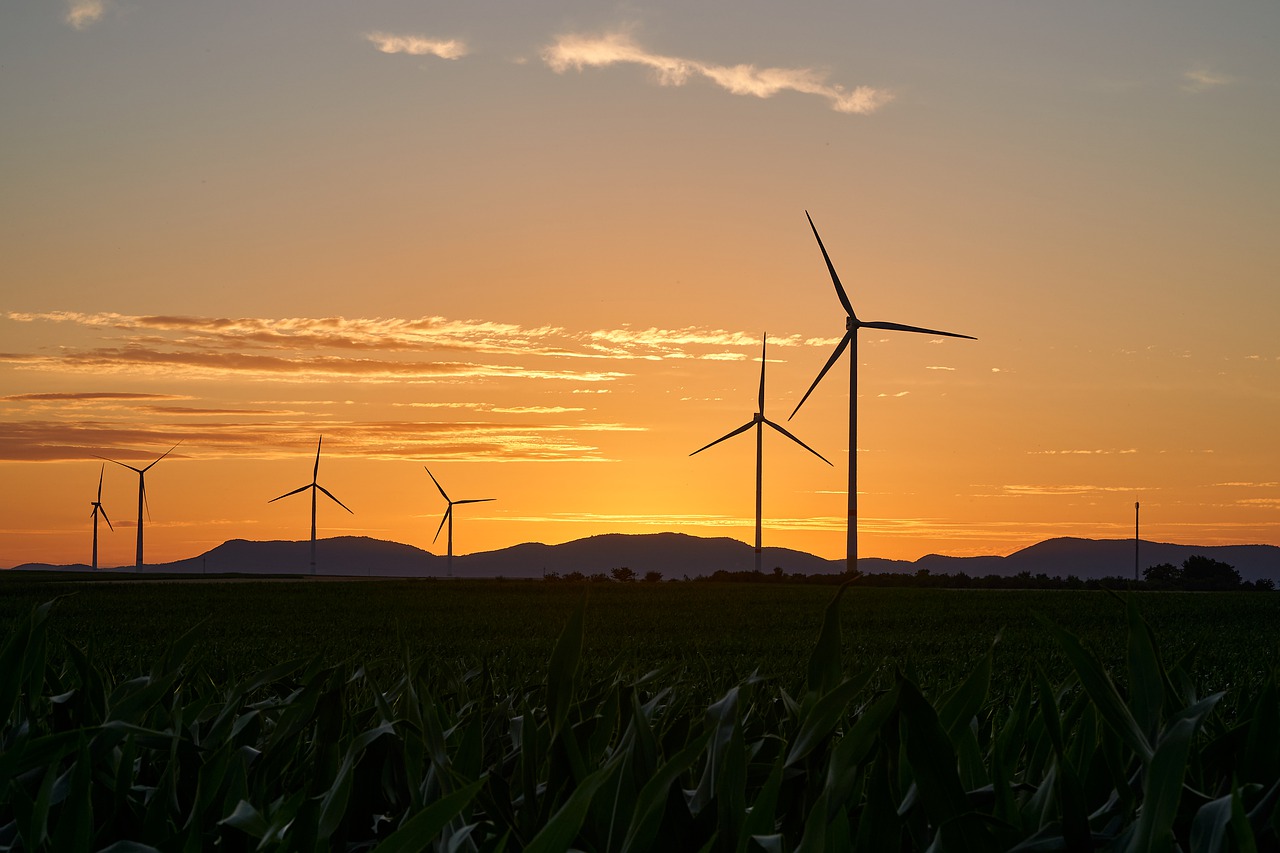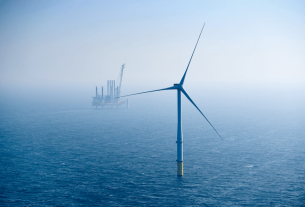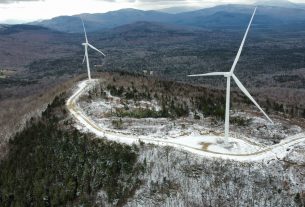Europe – For the first time, new offshore wind capacity additions in Europe are set to top 4 gigawatts (GW) this year, according to Rystad Energy research. That’s more than double what was added in 2021, which was only 1 GW.
Capacity additions on the continent will reach 4.2 GW in 2022, exceeding the 1.8 GW total in 2021 and breaking the previous annual record of 3.8 GW set in 2019.
New capacity additions are expected to nearly double again in 2023 to 7.3 GW, before skyrocketing to 8.6 GW in 2025. Annual capacity additions are expected to slow in 2024 due to project timing, but high construction activity is expected to lead to record-high commissioning numbers in 2025.
The record-high capacity additions will be driven primarily by projects in the United Kingdom, which will add 3.2 GW of capacity, a new annual high for the country, breaking the previous record of 2.1 GW set in 2018. The country’s installed capacity is being accelerated by three large projects that are expected to be fully operational in 2022 and will be the three most significant projects in Europe in 2022.
The UK’s record year is due to three large projects scheduled to be completed in 2022, all of which are at the top of Europe’s largest projects list for the year. Hornsea’s 1.2 GW Orsted In 2019, one project drove the previous continental record. The Danish company’s second phase of the project – the 1.4 GW Hornsea Two – is expected to be the main driver this year. When completed, this project, which will be Orsted’s only new addition to its portfolio in 2022, will be the largest offshore wind project in the world.
When completed later this year, the Moray East development, which is majority owned by Ocean Winds, a joint venture between France’s Engie and Spain’s EDP Renewables, will be the world’s second-largest project. With its majority-owned Triton Knoll in the UK and its wholly owned Kaskasi in Germany, German renewable powerhouse RWE is expected to be the second-largest contributor of wind capacity additions. The 342 MW Kaskasi development will be Germany’s first offshore wind farm to come online since 2020, signaling a slow resumption of activity in the country.

Throughout the continent
France will be the second-largest contributor to capacity additions in Europe this year, trailing only the United Kingdom, with the country commissioning its first commercial offshore wind project totaling 480 megawatts (MW). Germany is set to restart installations, led by the 342 MW Kaskasi project, after adding no wind capacity in 2021. Norway is also expected to contribute to the commissioning of the 88 MW Hywind Tampen floating project, which will be the world’s largest floating offshore wind installation. Italy will commission its first offshore wind farm, the 30-megawatt (MW) Taranto project, this year, while Spain is expected to contribute capacity through floating demonstration projects.
Looking ahead
Up to 2025, capacity additions in Europe are expected to be led primarily by the United Kingdom, but other countries may play increasingly important roles in comparison to previous years. Germany, for example, is resuming offshore wind activity, while France is increasing capacity deployment and is expected to add around 3 GW between 2022 and 2025.
No new offshore wind projects are expected to come online in the Netherlands or Denmark in 2022. Capacity additions in the Netherlands will resume in 2023, while Danish projects will add approximately 1.5 GW of capacity between 2023 and 2025. Poland is expected to commission its first offshore wind farm in 2025, contributing approximately 1.4 GW of new capacity to Europe. As a result, this record-breaking 2022 is likely to serve as a springboard for additional capacity additions in the years leading up to 2025.
Clients and non-clients can apply for access to Rystad Energy’s Free Solutions to get a taste of our data and analytics universe for more analysis, insights, and reports.




